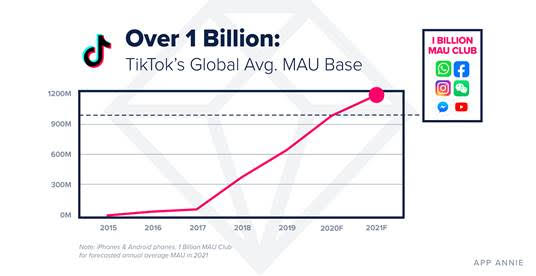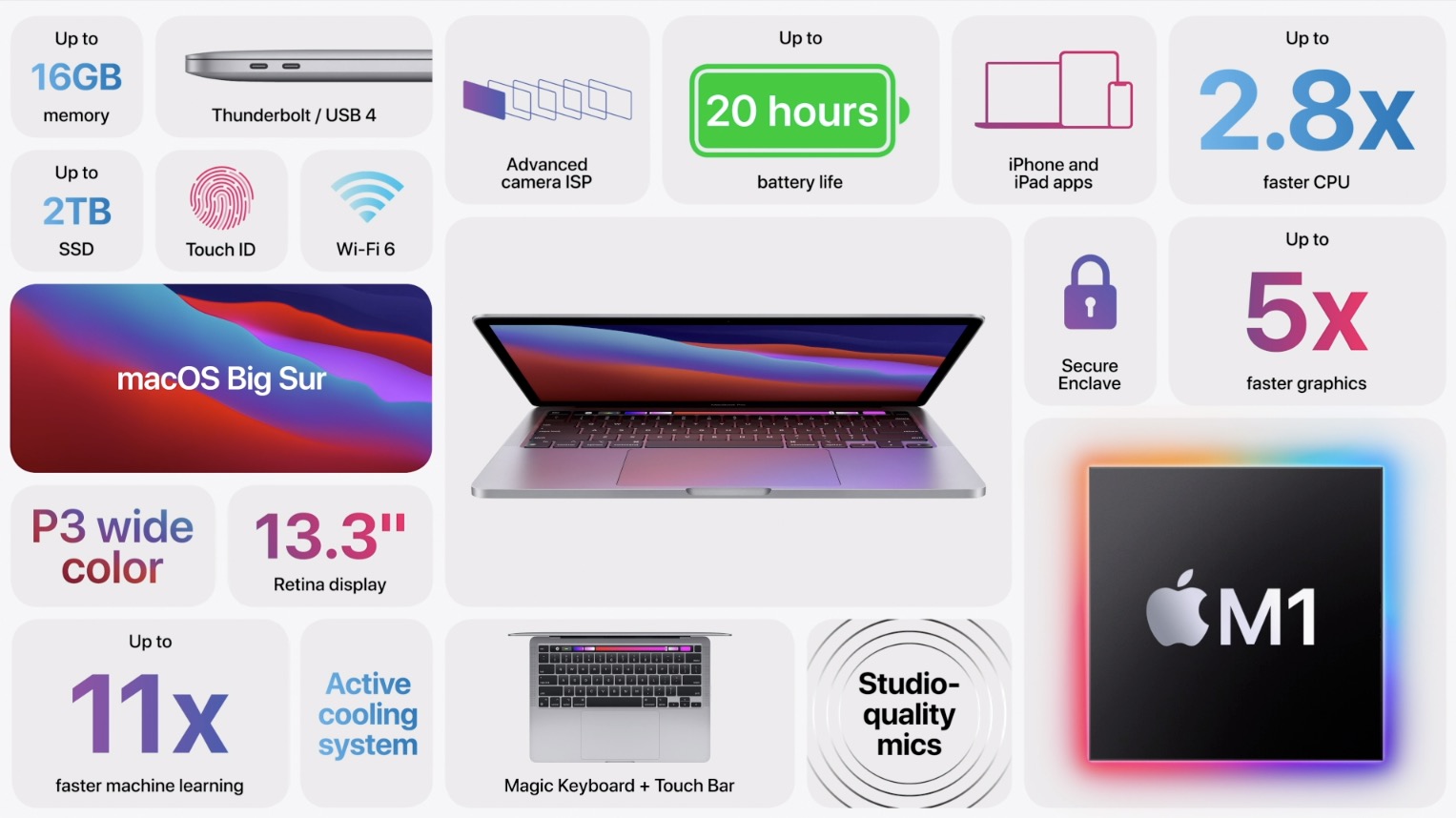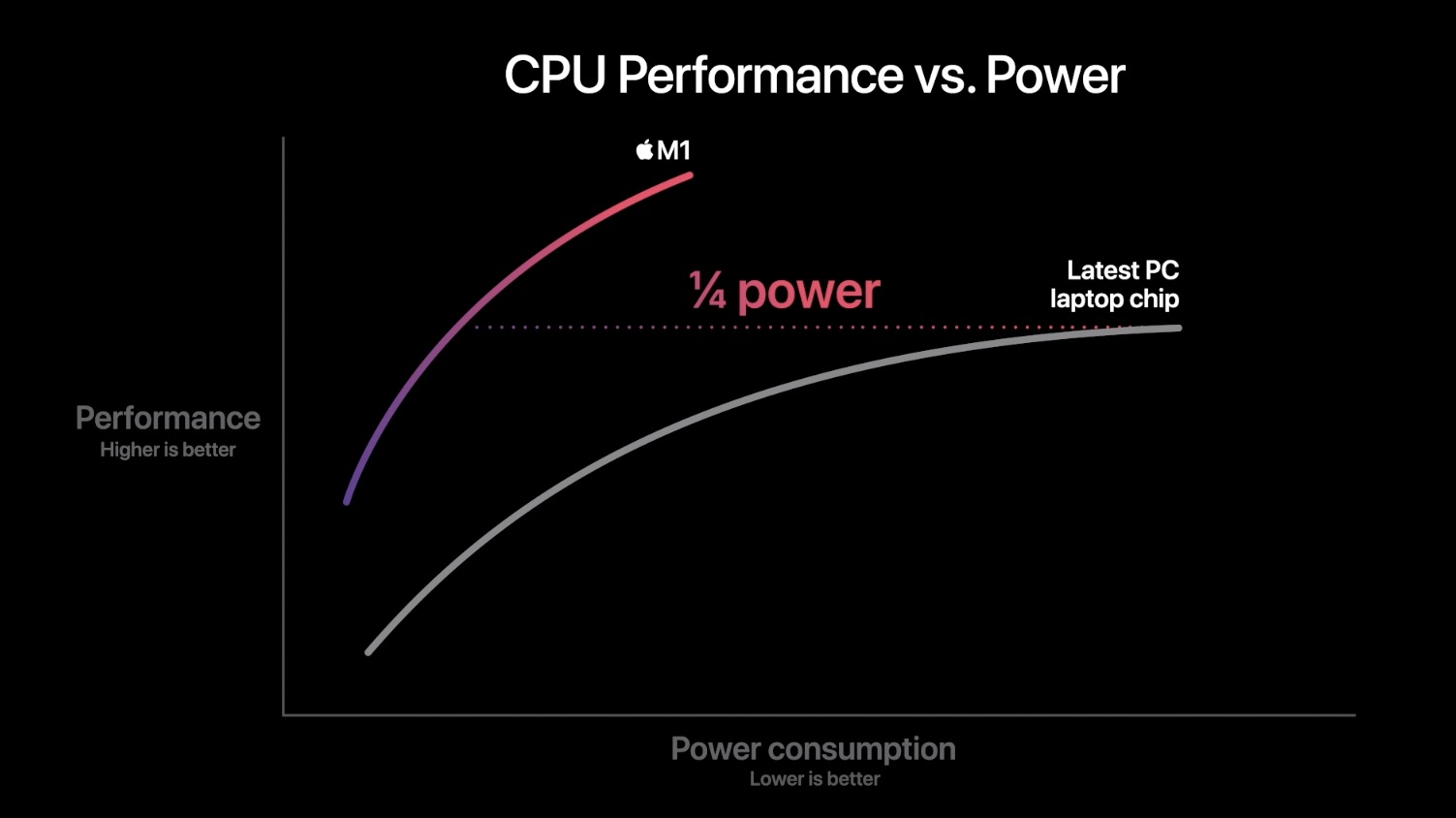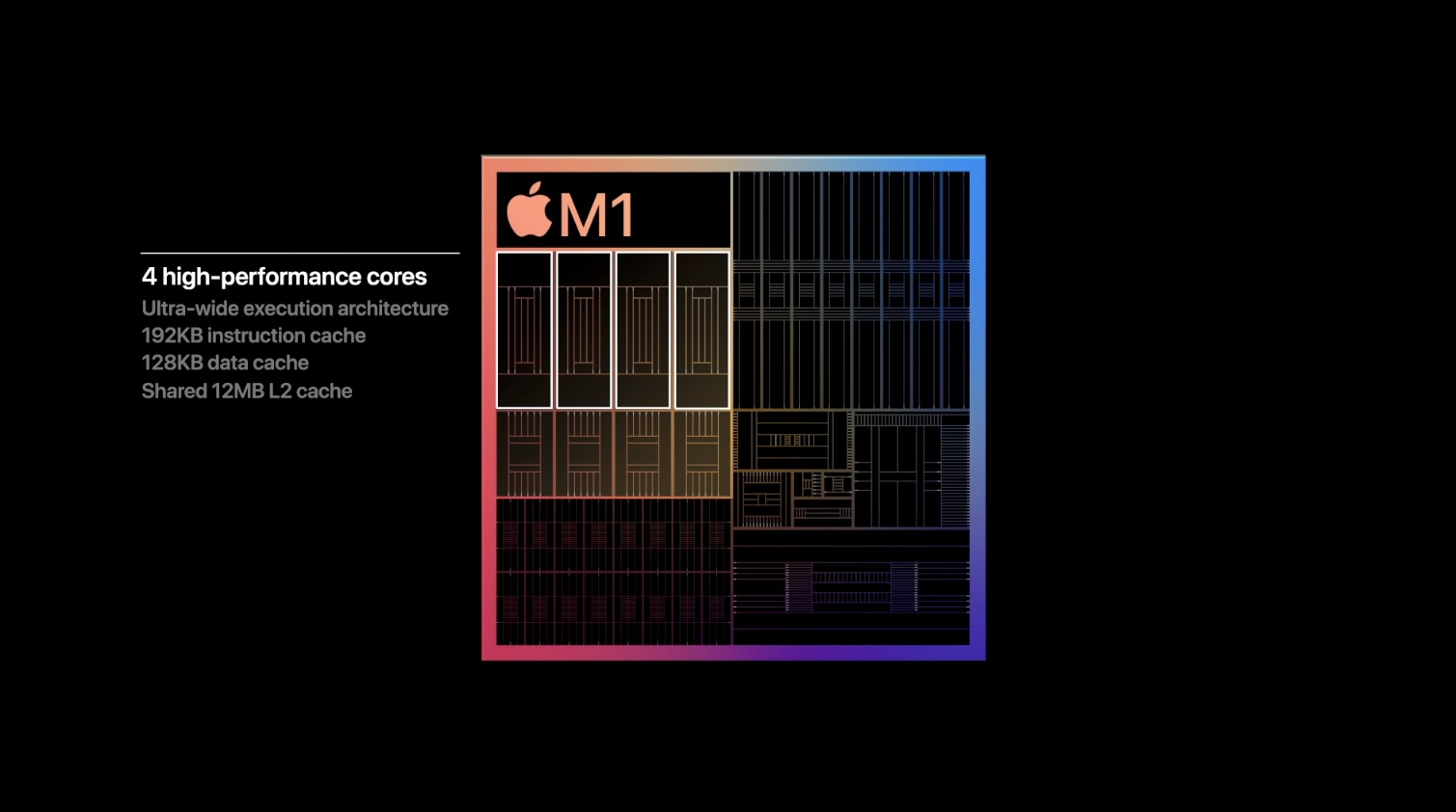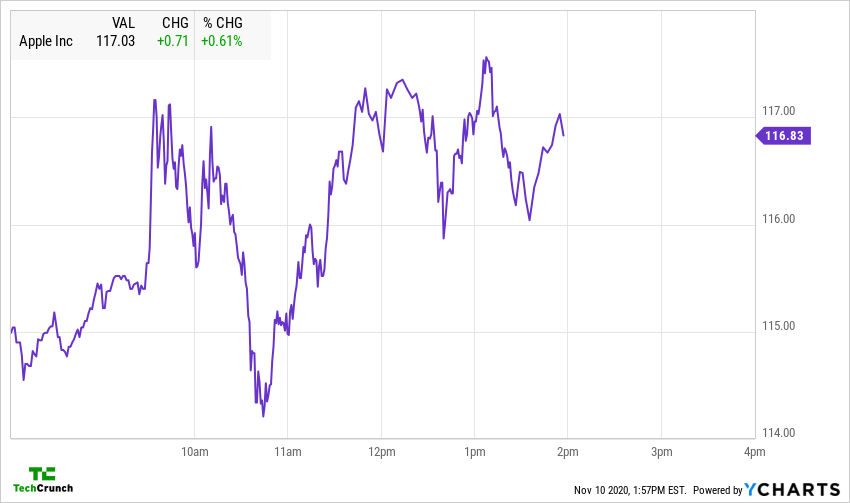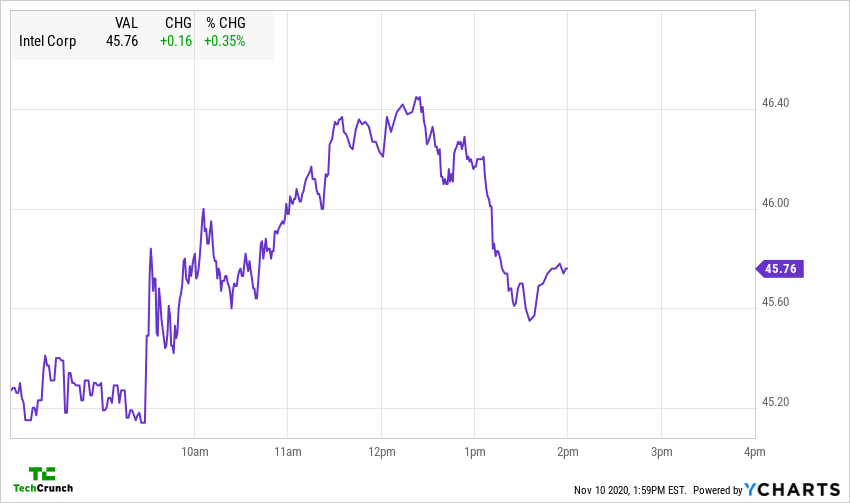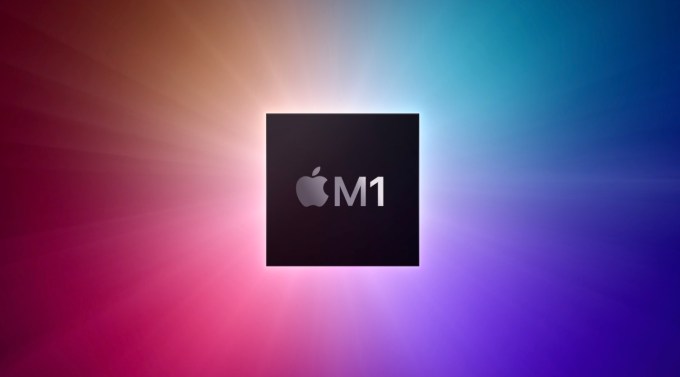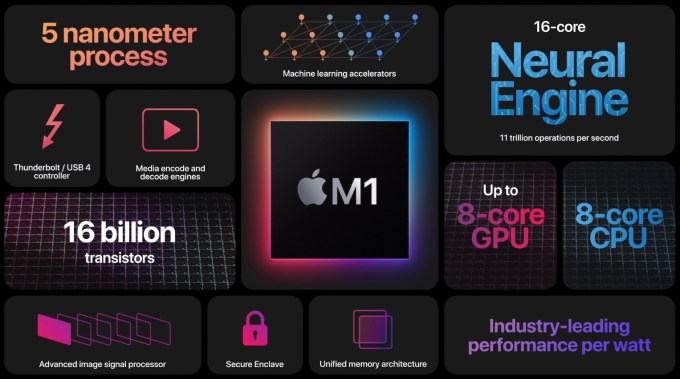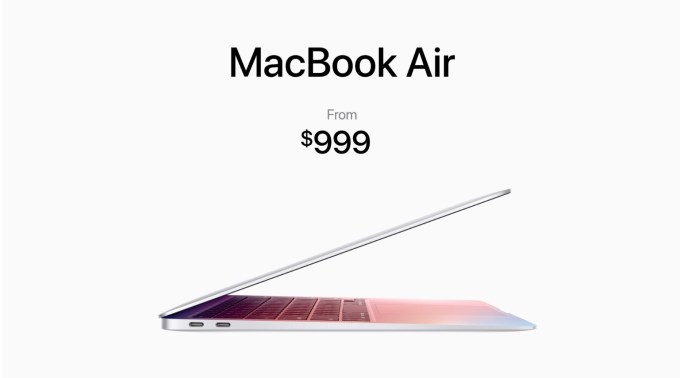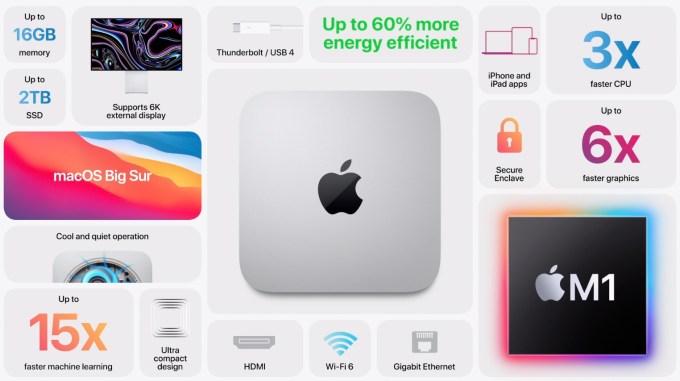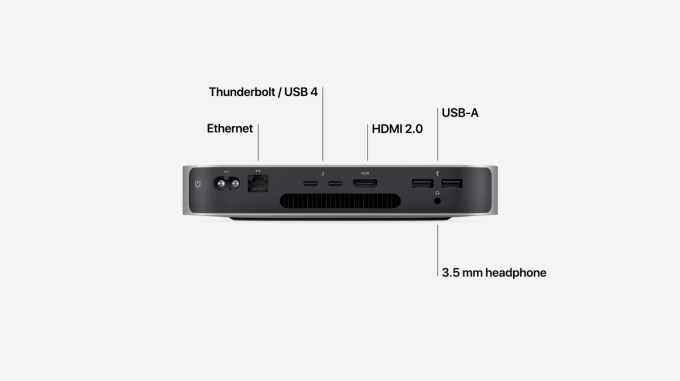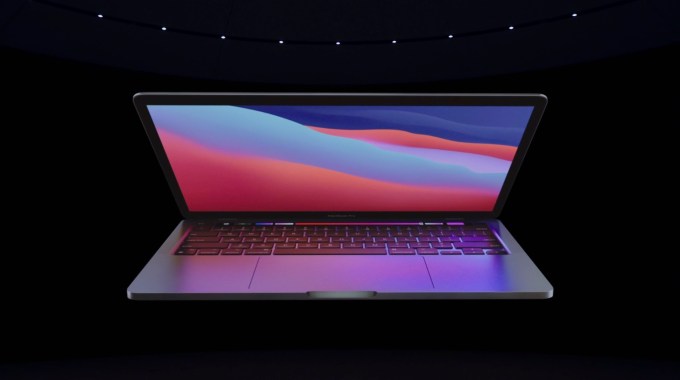Apple today announced its first self-developed processor for Mac hardware. Called the M1, the system on a chip (SoC) is based on an ARM architecture rather than an Intel-built platform. This is a massive switch, and as the dust settles from the announcement, details are starting to appear around options for the new MacBook Air, MacBook Pro, and Mac Mini.
Apple’s first Macs built around its self-developed SoC do not support eGPUs, Apple tells TechCrunch. It’s unclear exactly where the incompatibility begins; does the M1 chip itself not play friendly with eGPUs, or is it something else about the three new Macs announced today?
Consumers have long turned to these external graphics cards to give computers a dramatic boost in memory-intensive tasks. eGPUs allow laptops or underpowered desktops to punch out of their weight class. In particular, Apple’s past laptops were known for having substantial RAM and processing power but lacking in graphical processing power. Likewise, users have found that a past-generation Mac Mini with extra RAM and an eGPU can match a Mac Pro’s performance for a fraction of the price — that’s not currently possible with the just-announced Macs.
Today during the M1’s unveiling, the company’s spokespersons repeatedly praised the chip’s integrated GPU though failed to reveal detailed technical specifications. The version of the M1 announced today features 7 or 8 cores, and Apple says it’s capable of twice the GPU performance while using 33% of the power compared to a PC GPU when matching performance. If true — and we’ll see after benchmarking the chip — the M1 has serious GPU performance in a mobile chip, but it will not compare to a dedicated external graphics card, and that will leave some users feeling abandoned.
from Apple – TechCrunch https://ift.tt/3lvHHkE

